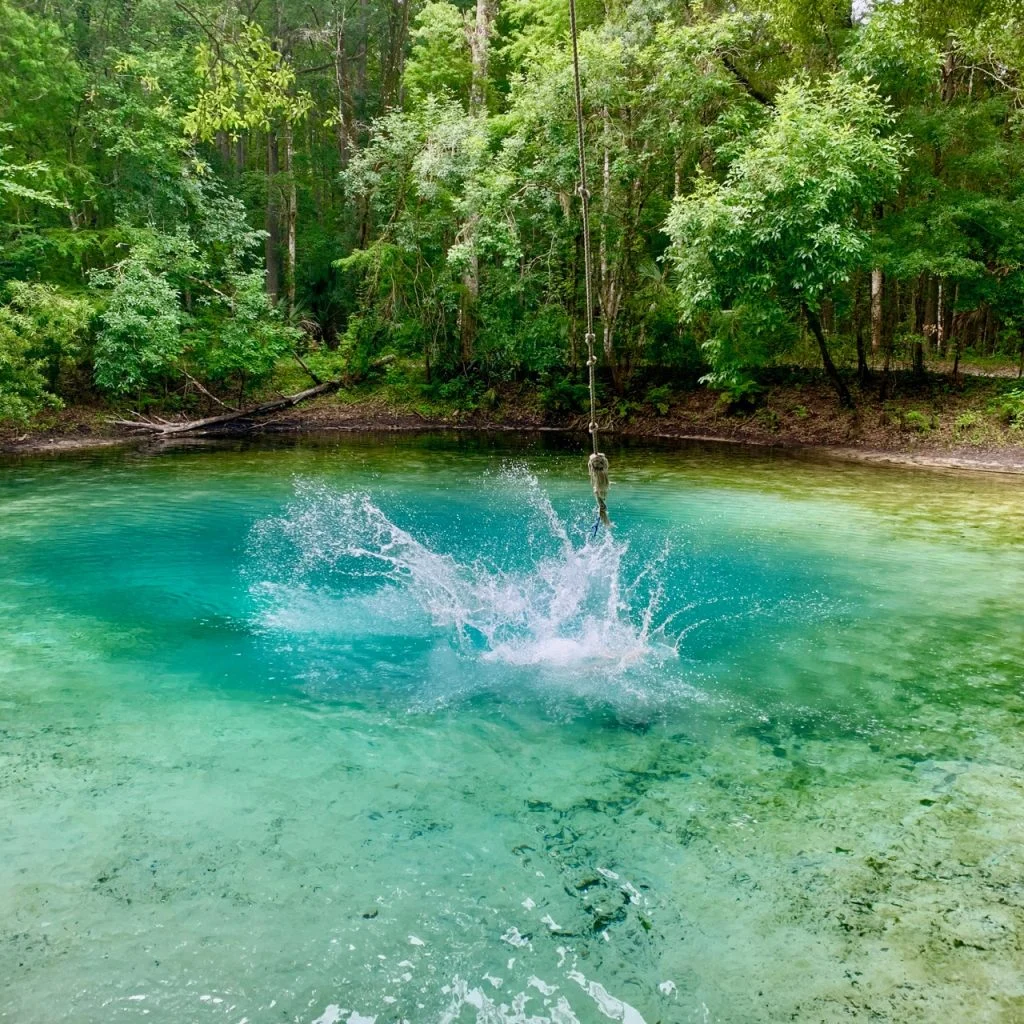Trapped in Big Blue: The Fatal Dive of J. Joshua Cox


| Incident Location | Diver Full Name |
|---|---|
| USA, Wacissa River, Big Blue | J. Joshua Cox |
J. Joshua Cox and his friend planned what seemed like a normal day of open water diving in the Big Blue area of the Wacissa River.
The two men prepared their diving tanks, slipped into their diving suits, and adjusted their diving masks.
They expected a calm dive, guided by their diving computers and steady breathing. But things took a darker turn.
The Moment of Silence
The descent started smoothly. Cox swam downward into the basin, light cutting through the murky water. His buddy hovered nearby, watching the bubbles trail up.
Minutes passed. Cox didn’t come back. The surface remained still, no sign of him rising.
His friend surfaced in alarm, calling for help. Something had gone wrong deep below.
The Search Below
Rescue divers responded quickly. Among them were three experienced names: Edd Sorensen, Chris Wickman, and Mathew Bull.
As they descended, their lights cut into the basin floor. Then they saw it—Cox had pushed into a small cave hidden at the bottom.
He had slipped past one narrow squeeze but was now trapped. His body was wedged tightly top and bottom inside another constriction, beyond easy reach.
The Struggle to Reach Him
The rescuers’ first plan was to move a heavy boulder blocking the passage. If they could shift it, they could slide in and reach him.
The boulder did move, but not as expected. Instead of opening space, it rolled into a worse position, sealing the constriction completely.
They were forced to find another way. This new path was even more dangerous.
Into the Darkness
Sorensen and Bull removed some of their own diving gear to squeeze through the tighter route. Inch by inch, they pressed into the cave, the stone walls scraping their diving suits.
Inside, they finally found him. Cox was still, his body unnaturally heavy, sinking deeper. His fins dragged along the rock, his mask firmly in place.
A single light rested by his side. His diving tank floated oddly near the ceiling, holding about 500 psi of air that could no longer help him.
Back Into the Constriction
The next dive was even more dangerous. Edd Sorensen and Mathew Bull prepared to squeeze back through the cave’s tight restriction, while Chris Wickman waited on the other side.
This was not a rescue anymore. It was a recovery.
The water pressed heavy around them. Their diving computers ticked away the minutes as they carefully maneuvered through the stone passage.
Rigor Mortis
When they reached Cox, the situation was worse than before. Rigor mortis had already set in, making his arms stiff and impossible to move through the narrow rock passage.
To solve this, Sorensen and Bull strapped his arms tightly against his sides. Every movement felt fragile, the risk of the body becoming stuck again always present.
They fitted a rope harness around his body and attached a tether line. That rope stretched back through the passage toward Wickman, waiting with steady hands.
A Deadly Team Effort
Bull moved back through the restriction to join Wickman on the outside. That left Sorensen alone in the small cave with the body.
It became a grim choreography:
- Wickman and Bull pulled on the tether from the outside.
- Sorensen pushed and guided from behind, inside the cave.
- The body scraped slowly through the narrow rock.
The water filled with silt, threatening to blind Sorensen in a zero-visibility cloud. Still, they kept pulling, inch by inch, until the body finally slid free of the constriction.
Words from the Darkness
Later, Sorensen shared his thoughts with the press. His words gave a chilling glimpse of just how dangerous the recovery had been:
“I never take anybody with me when I do a body recovery because of the danger and the chance of a zero-visibility situation. I don’t want to lose (the other person). Today I had to have the muscle of extra—very experienced—cave divers.”
For Sorensen, it had been a job unlike any other. For all three men, it was a dive they would never forget.
A Fatal Choice
Cox was not a certified cave diver. His dive buddy later explained that they had explicitly decided not to enter the cave that day.
For reasons that remain unclear, Cox made a choice that would cost him his life. He removed his diving tank to push it ahead of him as he entered the tight restriction.
Gear Lost and Trapped
Because his equipment was not tethered, it was probably dropped when he became stuck. This left him vulnerable, unable to breathe or maneuver.
In the end, it was not just the cave, but a combination of lost gear, narrow passage, and stiffened body that led to drowning.
The Risks of Cave Diving
Rescue and recovery operations are already dangerous in air-filled caves. In water-filled caves, the danger multiplies.
Only the most qualified, experienced divers should attempt such dives. Even then, every decision must weigh risk versus benefit carefully—because the underwater world can turn deadly in an instant.
